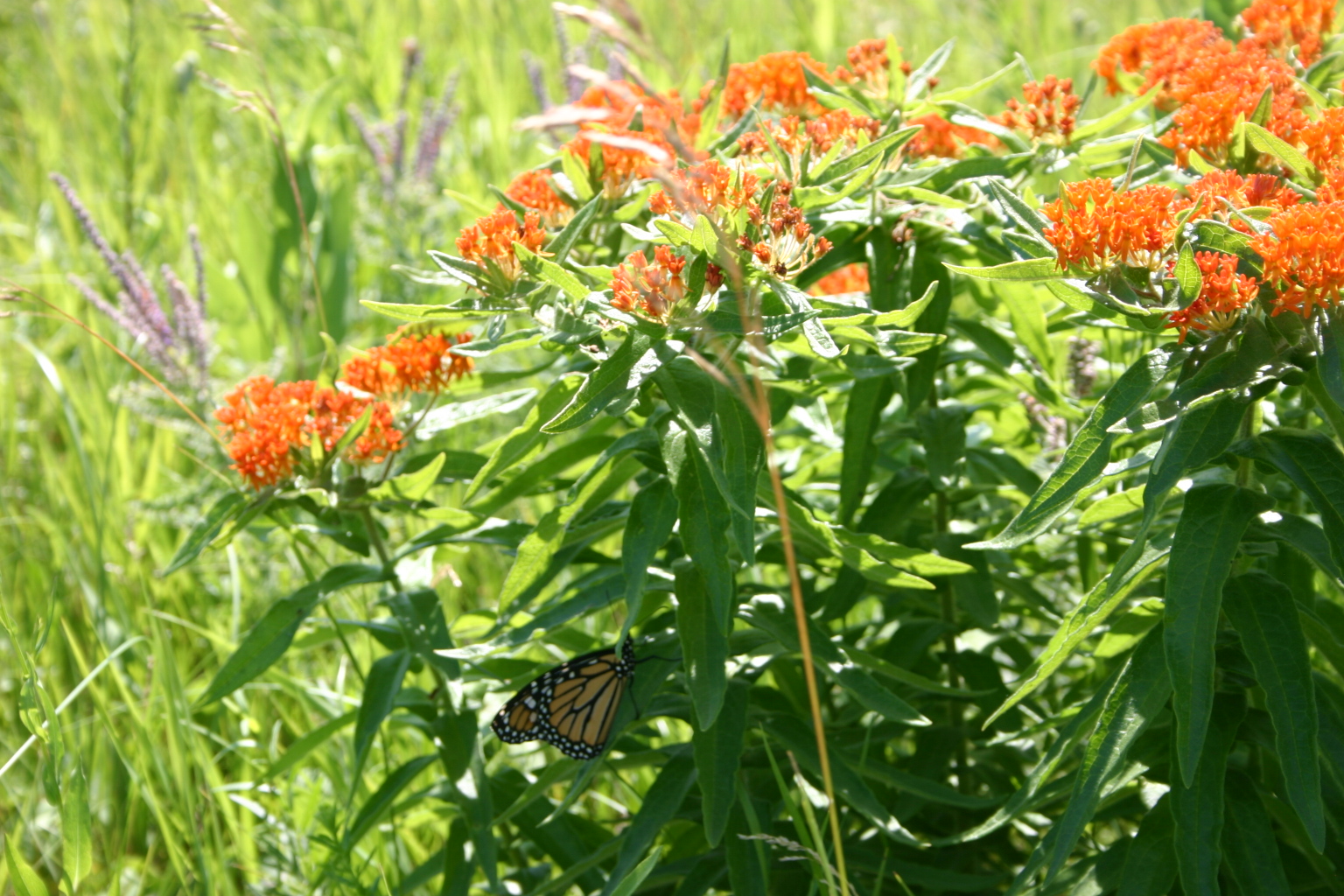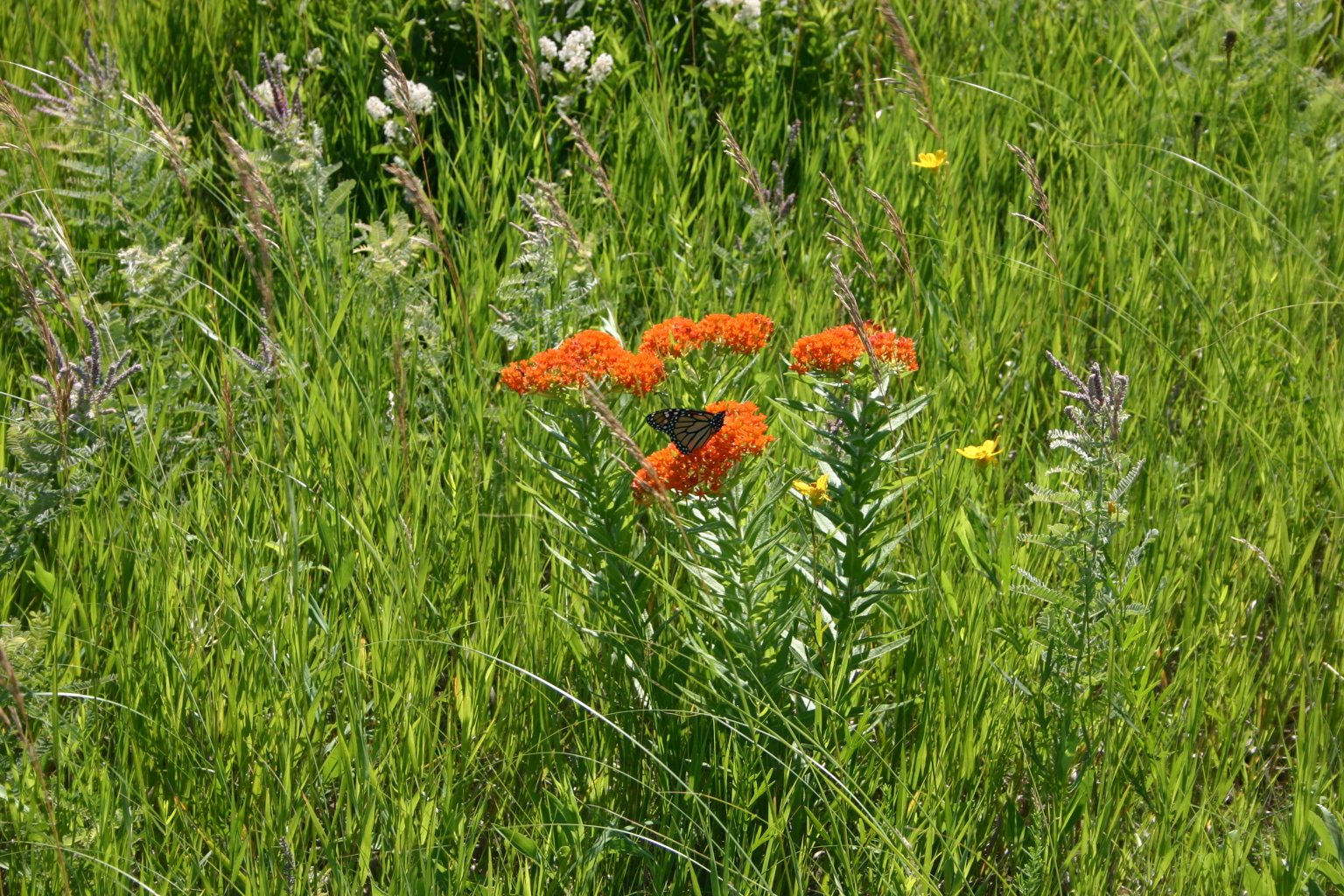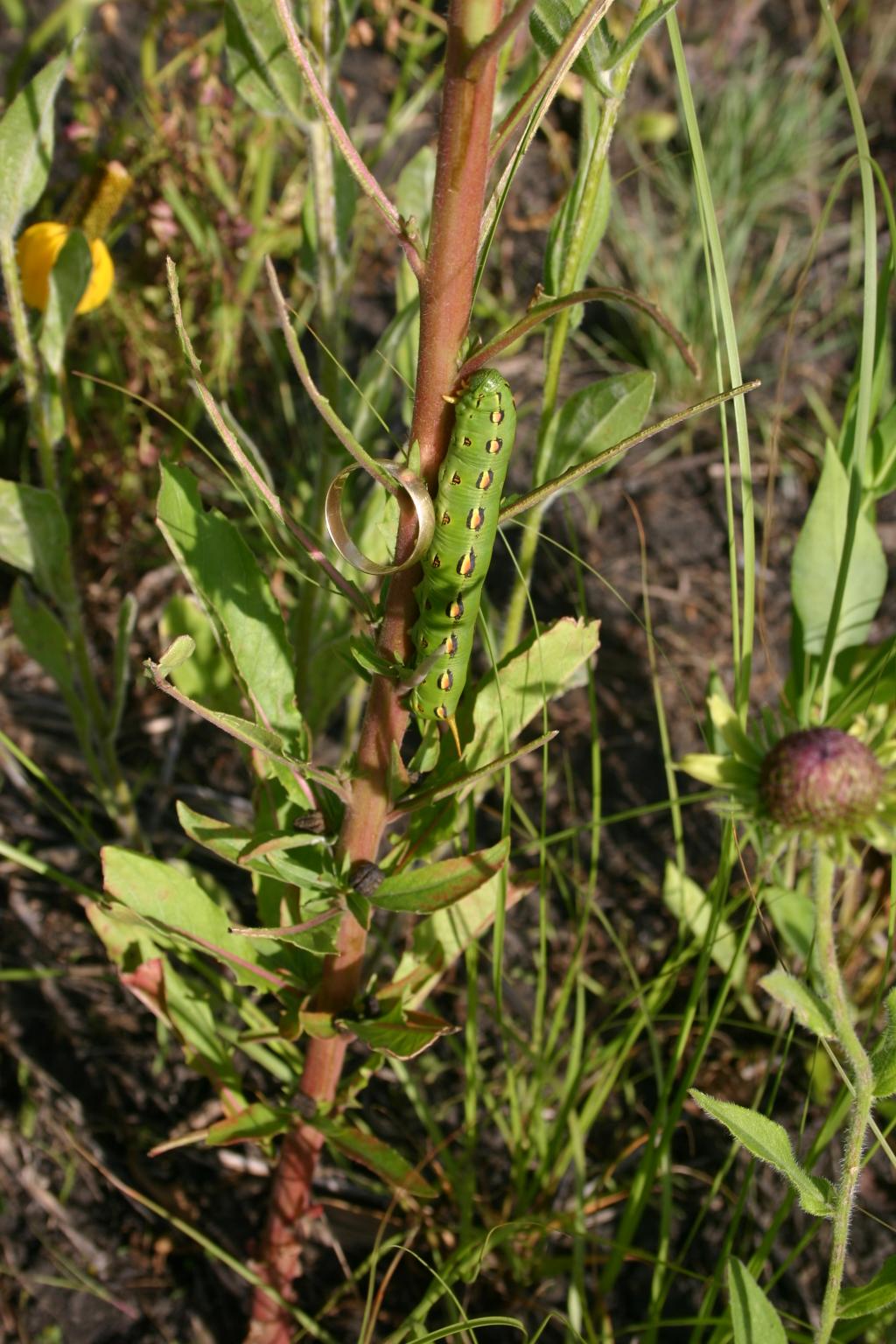You are using an out of date browser. It may not display this or other websites correctly.
You should upgrade or use an alternative browser.
You should upgrade or use an alternative browser.
pollinator
- Thread starter greatlawn
- Start date
Prairie Drifter
Well-known member
Without knowing all the species and how each reacts to fire, it is hard to say. An earlier burn would have had less effects than one this late. Most of the forbs are already up and growing and their growth points are above ground unlike the grasses. Most should do fine. They are prairie plants adapted to fire. They may be set back for this season. If they are perennials, as most are, they should come back.
greatlawn
Member
This is the mix I put in.
alfalfa
blanket flower
clasping coneflower
cudweed sagewort
dotted gayfeather
early sunflower
greyheaded coneflower
illinois bundleflower
lanceleaf coreopsis
maximillian sunflower
plains coreopsis
purple coneflower
red clover
partridge pea
stiff goldenrod
upright prairie coneflower
western yarrow
white prairie clover
alfalfa
blanket flower
clasping coneflower
cudweed sagewort
dotted gayfeather
early sunflower
greyheaded coneflower
illinois bundleflower
lanceleaf coreopsis
maximillian sunflower
plains coreopsis
purple coneflower
red clover
partridge pea
stiff goldenrod
upright prairie coneflower
western yarrow
white prairie clover
Prairie Drifter
Well-known member
On a re-read, if it is still seed, it probably won't hurt it at all. If it is new sprouts, it will hurt it more than if it were extablished. Can he burn around it? Might be worth the extra effort.
greatlawn
Member
update on the pollinator plots. I was there yesterday.
This is what I found.
Western Yarrow
Black Eyed Susan
Plains Coreopsis
Illinois Bundleflower
Partridge Pea
Sunflower
I was pretty happy considering I have been told not to expect anything the first year. I know it is early but I call it a success. I also heard Quail calling bonus.
This is what I found.
Western Yarrow
Black Eyed Susan
Plains Coreopsis
Illinois Bundleflower
Partridge Pea
Sunflower
I was pretty happy considering I have been told not to expect anything the first year. I know it is early but I call it a success. I also heard Quail calling bonus.
M. R. Byrd
Well-known member
greatlawn,
What did the seed for that acre cost? Where did you get it?
I am looking at several areas to add pollinator in the spring. My CRP has all expired, so I can do what I want and how I want and pay the bill.
Thanks,
What did the seed for that acre cost? Where did you get it?
I am looking at several areas to add pollinator in the spring. My CRP has all expired, so I can do what I want and how I want and pay the bill.
Thanks,
Prairie Drifter
Well-known member
Nice Greatlawn! Good to see early success. As a bonus, did you take stock in the number and diversity of insects in the planting? I did 2 summer burns today and the insects were great.
M. R. Byrd
Well-known member
greatlawn,
pm sent.
Speaking of insects. I was trying to get a picture of this giant beetle munching on a wild plum yesterday. It was huge and I had never seen on like it before. Reminded me of a dung beetle only bigger. I figured it was a ground crawling critter, but as I pulled back a leaf to get a good picture that thing flew off like a hummingbird.
Every year I have planted production sunflowers at the farm, I am amazed at the variety of insects in the field that I have never seen before. One of the most unusual to me is the stem cutter. That bugger cuts the stem which drops the head to the ground so other insects can eat. Tag team deal.
Glad you are having success with the pollinator. I would like to establish pollinators in four different areas, one for the lesser prairie chicken, one for the quail, one for the pheasant and one for the turkey. That would be a good start.
pm sent.
Speaking of insects. I was trying to get a picture of this giant beetle munching on a wild plum yesterday. It was huge and I had never seen on like it before. Reminded me of a dung beetle only bigger. I figured it was a ground crawling critter, but as I pulled back a leaf to get a good picture that thing flew off like a hummingbird.
Every year I have planted production sunflowers at the farm, I am amazed at the variety of insects in the field that I have never seen before. One of the most unusual to me is the stem cutter. That bugger cuts the stem which drops the head to the ground so other insects can eat. Tag team deal.
Glad you are having success with the pollinator. I would like to establish pollinators in four different areas, one for the lesser prairie chicken, one for the quail, one for the pheasant and one for the turkey. That would be a good start.
SDJIM
New member
This going to be my next project--POLLINATOR in my habitat plots. :thumbsup:
I can only hope to do as well as what is in that picture. :coolpics:
What did he do and any other tips will help.
reddog
Well-known member
My experience is (9 years in) is that thistle control is your biggest worry anytime you introduce forbs into a new planting. I wish I knew when I was starting out, what I know now.
Heres my first summer picture.

the next year.
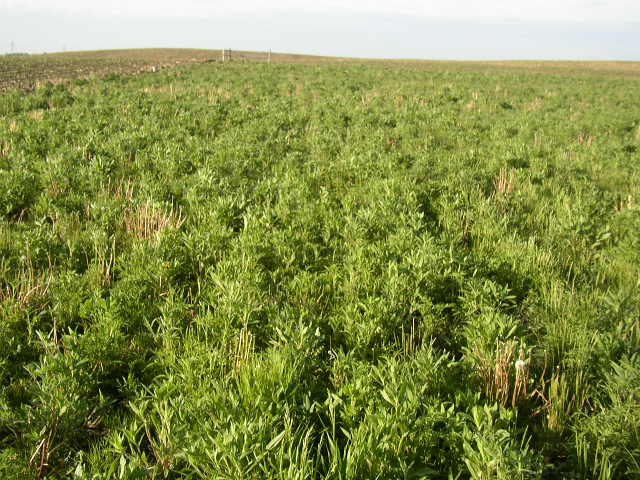
the 3rd year:
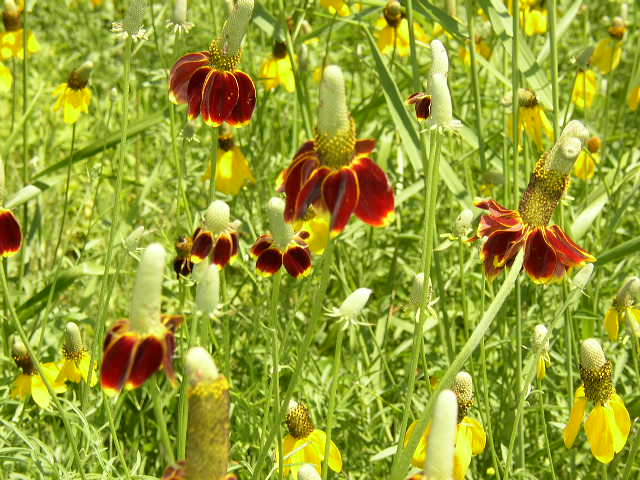
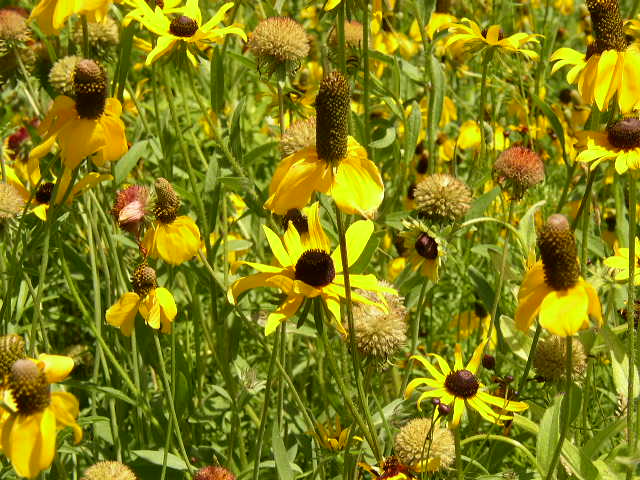
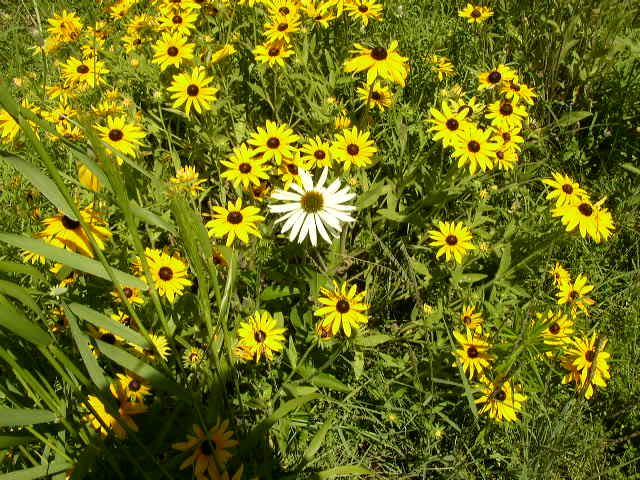

About this stage, I lost the battle with canadien thistles, and had to eradicate the whole field of the forbs in order to get the thistles under control.
This set me back 3 years, which I hated to do, but it had to be done,in order to keep the county off my back.
Im back on track now, with a thistle free stand, and reintroducing more forbs this winter. There were certain types of forbs that could withstand the Forefront/Milestone application. like Cup plant, Compass plant, purple and white clovers, Lupine, White wild indigo etc. Its possible they recover and grow sooner into the residual period. If youve got thistles, nothing tackles them like Milestone.
Heres my first summer picture.

the next year.

the 3rd year:




About this stage, I lost the battle with canadien thistles, and had to eradicate the whole field of the forbs in order to get the thistles under control.
This set me back 3 years, which I hated to do, but it had to be done,in order to keep the county off my back.
Im back on track now, with a thistle free stand, and reintroducing more forbs this winter. There were certain types of forbs that could withstand the Forefront/Milestone application. like Cup plant, Compass plant, purple and white clovers, Lupine, White wild indigo etc. Its possible they recover and grow sooner into the residual period. If youve got thistles, nothing tackles them like Milestone.
reddog
Well-known member
Mid summer, just as the thistles were heading out.. Residual takes out next years crop. 18 month residual before you can begin to introduce forbs. Any sooner, and youre wasting your money as they wont survive..
Im relatively new to growing/raising forbs. This is my third attemp at native wildflowers over my lifetime, the first two of which were aborted. In this world of instant gratification, a native forb stand barely stands a chance to begin with..
Im really, really new at herbicides, and specialty herbicides, mostly flying by the seat of my pants in a reactive stage, rather than pro active, which is not a good thing, for the most part.
Im sure there are other herbicide experts here that hopefully will chime in as far as timing is concerned.
Im relatively new to growing/raising forbs. This is my third attemp at native wildflowers over my lifetime, the first two of which were aborted. In this world of instant gratification, a native forb stand barely stands a chance to begin with..
Im really, really new at herbicides, and specialty herbicides, mostly flying by the seat of my pants in a reactive stage, rather than pro active, which is not a good thing, for the most part.
Im sure there are other herbicide experts here that hopefully will chime in as far as timing is concerned.
quail hound
Moderator
Man, that is really great reddog!:10sign: The monarchs need all the help they can get and milk weed is the only answer. Great job.:cheers:


